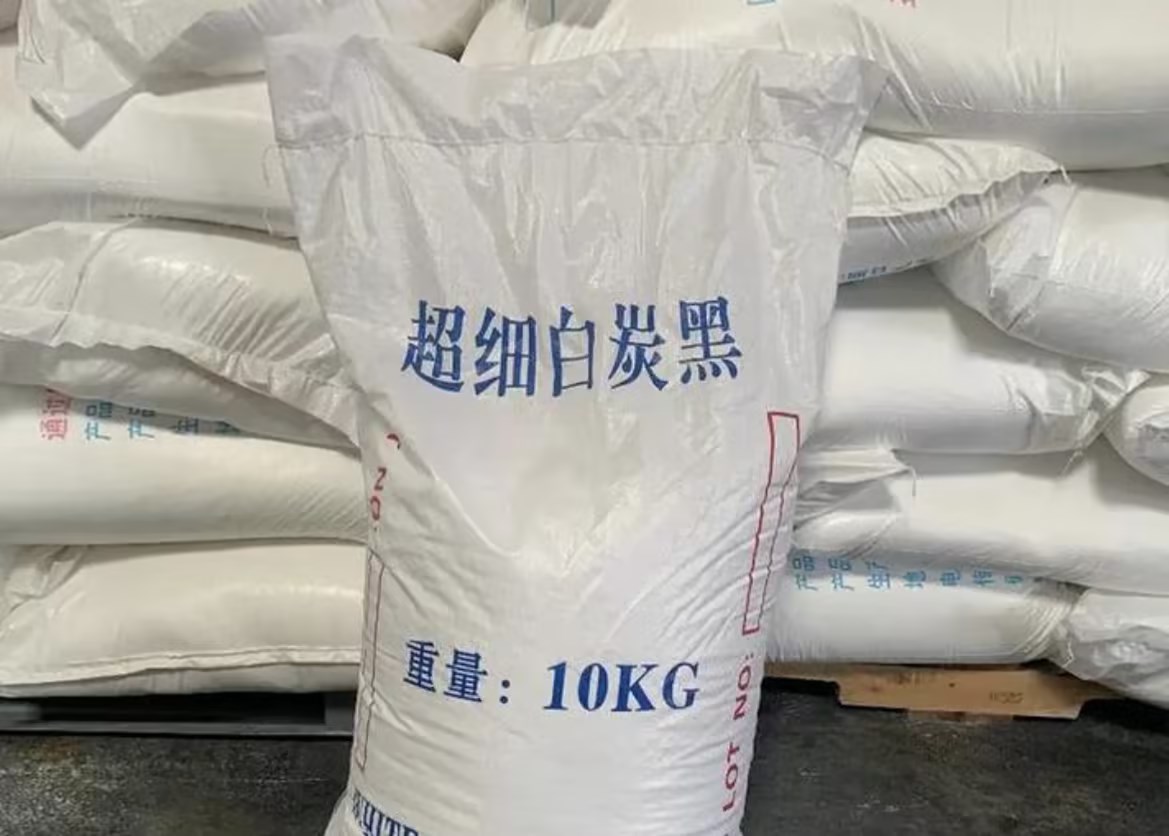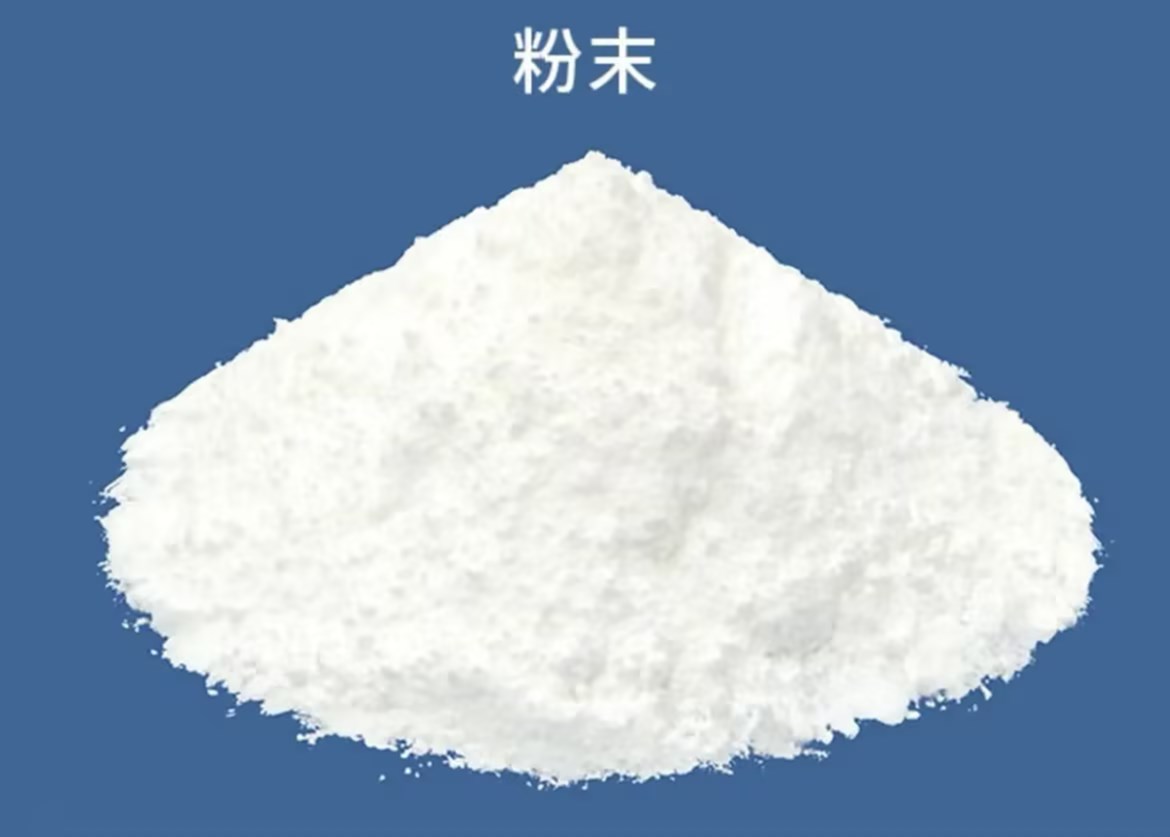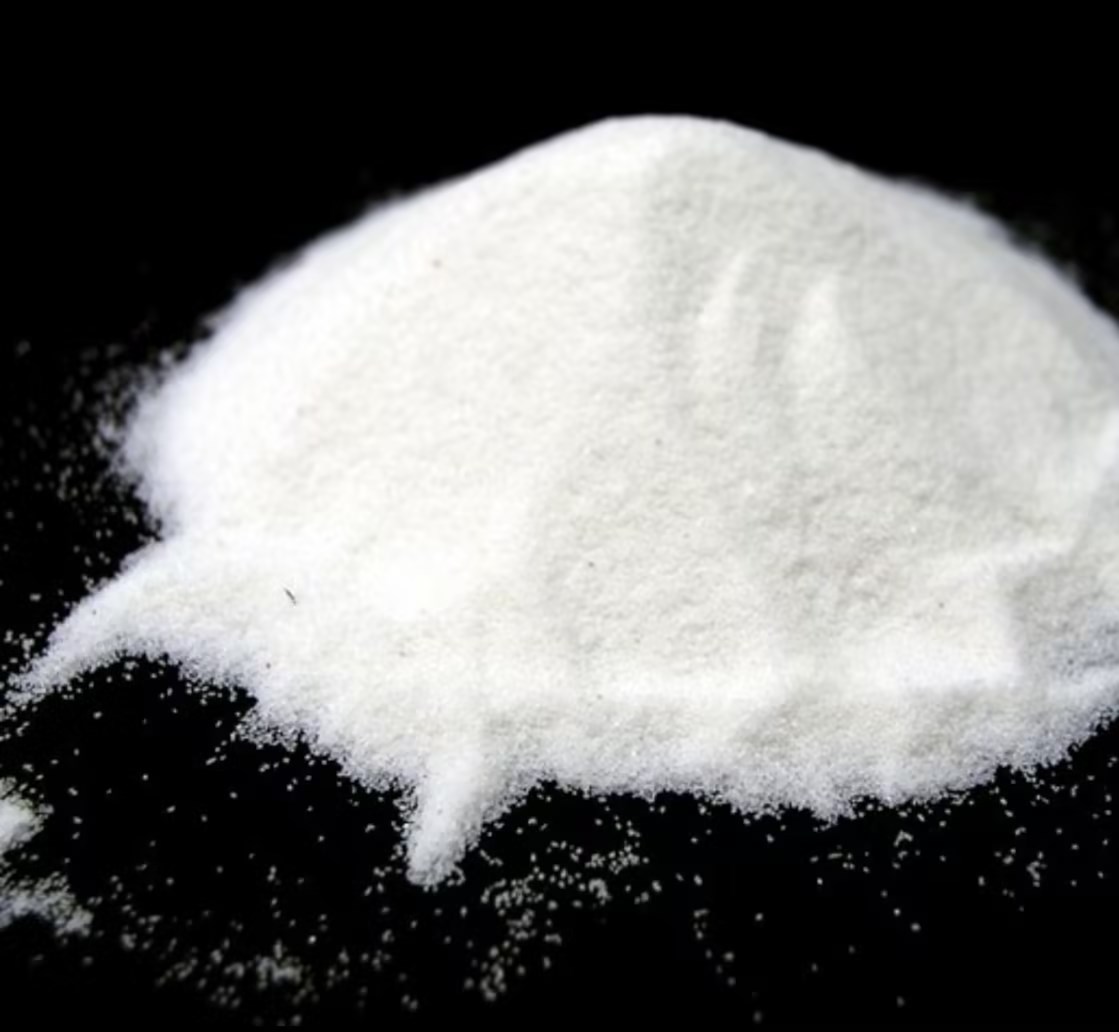White carbon black, commonly known as nano SiO ₂, is one of the largest nanoparticles in industrial production, and its application in cement is increasingly receiving attention. The following is a detailed analysis of white carbon black in cement:
https://www.iotasilica.com/productcategory-precipitated.html
1、 Characteristics of white carbon black
High reactivity: The surface of white carbon black contains a large number of unsaturated Si-O residual bonds and hydroxyl groups with different bonding states, making it highly reactive. This high activity enables white carbon black to quickly react with the hydration product Ca (OH) ₂ in cement, generating hydrated calcium silicate, thereby compacting the microstructure of the material.
Nanoscale size: The particle size of white carbon black is usually in the nanometer range, which can penetrate deep into the vicinity of the π bond of polymer compounds, overlap with its electron cloud, form a spatial network structure, and enhance the mechanical strength of the material.
Excellent dispersibility: White carbon black has good dispersibility in cement paste and can be evenly distributed, thus more effectively exerting its modification effect.
 2、 The application effect of white carbon black in cement
2、 The application effect of white carbon black in cement
Improving mechanical properties: The addition of white carbon black can significantly enhance the mechanical strength of cement-based materials, including compressive strength, flexural strength, etc. This is mainly due to the reaction between white carbon black and cement hydration products, as well as its physical filling effect in the material.
Improving durability: White carbon black can improve the durability of cement-based materials, including impermeability, freeze-thaw cycle resistance, etc. This is mainly attributed to the densification of the microstructure of the material by white carbon black, which reduces the formation of pores and cracks.
Improving construction performance: White carbon black can also act as a thickener in cement mortar, improving the viscosity and rheological properties of the mortar, making it easy to mix, apply, and undergo plastic deformation.
3、 Application of White Carbon Black in Cement
Direct addition: White carbon black is directly added to cement and evenly distributed by stirring. This method is simple and easy to implement, but attention should be paid to the dosage and dispersibility of white carbon black.
Modified water reducer: White carbon black is used to modify polycarboxylate water reducer to prepare white carbon black modified polycarboxylate water reducer. This modified water reducing agent can more effectively introduce white carbon black into cement-based materials, improving their physical and mechanical properties.
 4、 Precautions
4、 Precautions
Dosage control: The dosage of white carbon black needs to be controlled within a certain range, as too much or too little may affect the performance of cement-based materials.
Dispersion: The dispersibility of white carbon black in cement slurry is crucial for its modification effect. Therefore, appropriate dispersion measures need to be taken during the preparation process, such as using dispersants.
Cost considerations: The production cost of white carbon black is relatively high, so its application in cement requires a comprehensive consideration of cost-effectiveness.

In summary, as an excellent nanomaterial, white carbon black has broad prospects for application in cement. By reasonable dosage and dispersion measures, the mechanical properties and durability of cement-based materials can be significantly improved, construction performance can be enhanced, and new ideas and methods can be provided for the research and application of cement-based materials.


